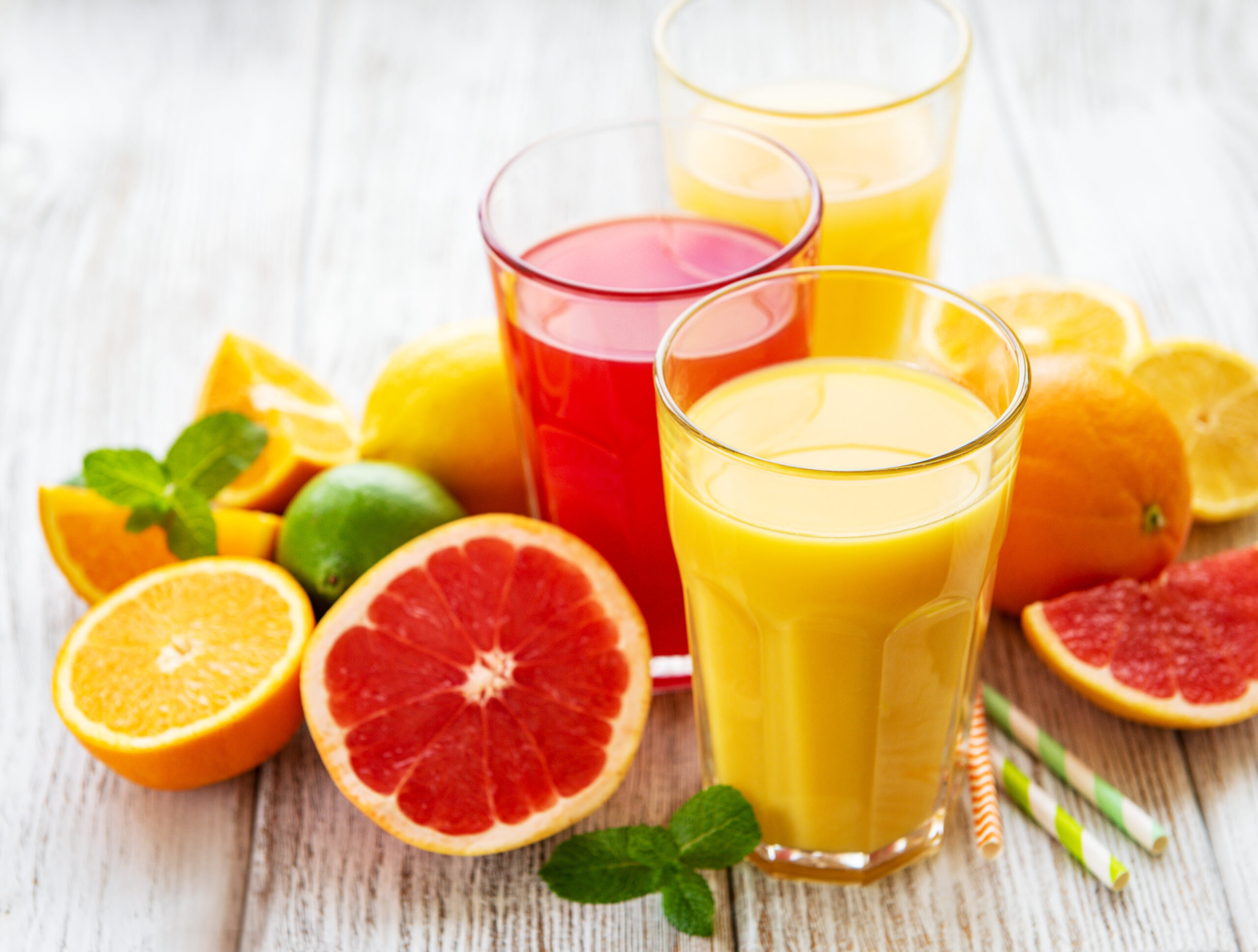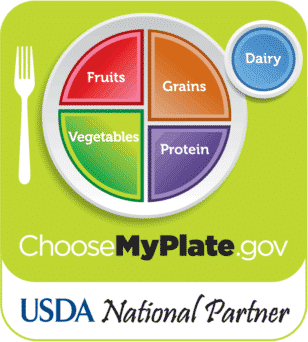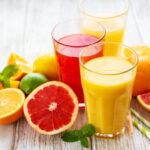Colin Rehm, PhD; Adam Drewnowski PhD
BMC Pediatrics, July 2016; 16:83.
The study evaluated nutrient intake and diet cost on total fruit consumption shortfalls by conducting two modeling analyses on a nationally representative sample of 4-18 year old children from NHANES 2009-2010 data. The potential impact of filling the shortfall in total fruit consumption was projected with two models: one with whole fruit alone (WF model) or one with a combination of 100% fruit juice and whole fruit (FJ + WF model) in typical consumption patterns (2 parts fruit to 1 part juice). Juice consumption was capped using American Academy of Pediatrics (AAP) standards. The USDA national food prices database was used to estimate the cost of meeting the dietary recommendations for fruit. Selected nutrient and mineral intakes, as well as daily diet cost were estimated after eliminating the shortfall in fruit consumption, whole fruit alone
and a combination of 100% juice and whole fruit.
Based on food cost data, the study concluded that meeting total fruit shortfalls by whole fruit alone increased diet cost by almost twice as much than with a combination of juice and fruit. Furthermore, while the whole fruit model did increase dietary fiber, the combination of juice and fruit showed a greater beneficial effect on vitamin C, potassium and calcium than just whole fruit alone.
Key Findings: Based on food cost data, the study concluded that meeting total fruit shortfalls by whole fruit alone increased diet cost by almost twice as much than with a combination of juice and fruit. Furthermore, while modeling only whole fruit consumption did increase dietary fiber, the combination of juice (one part) and fruit (two parts) showed a greater beneficial effect on vitamin C, potassium and calcium than just whole
fruit alone.
The combination of fruit and juice is cost neutral while meeting fruit shortfalls with whole fruit alone increased cost. The fruit and juice model was nutritionally similar or better with the exception of fiber to the whole fruit model. The combination of 100% juice and fruit is an optimum way to meet fruit shortfalls.




